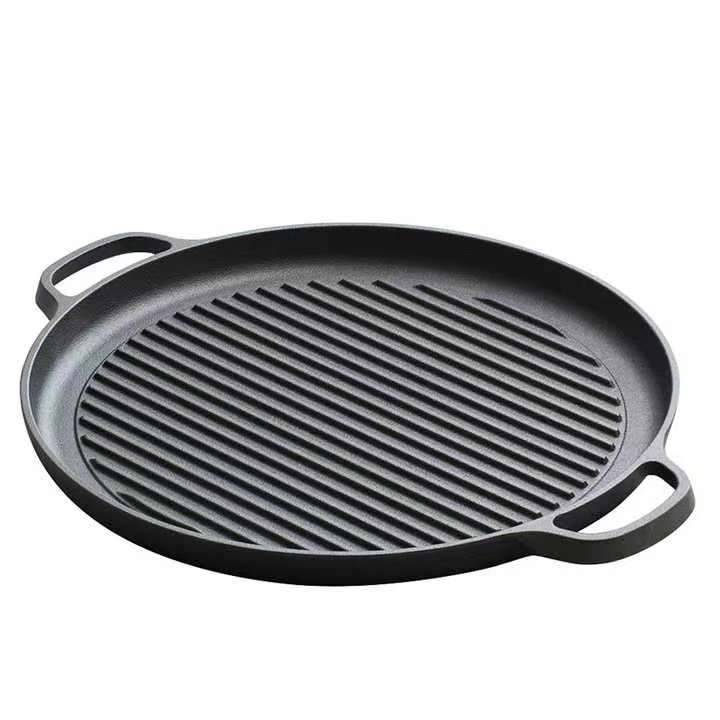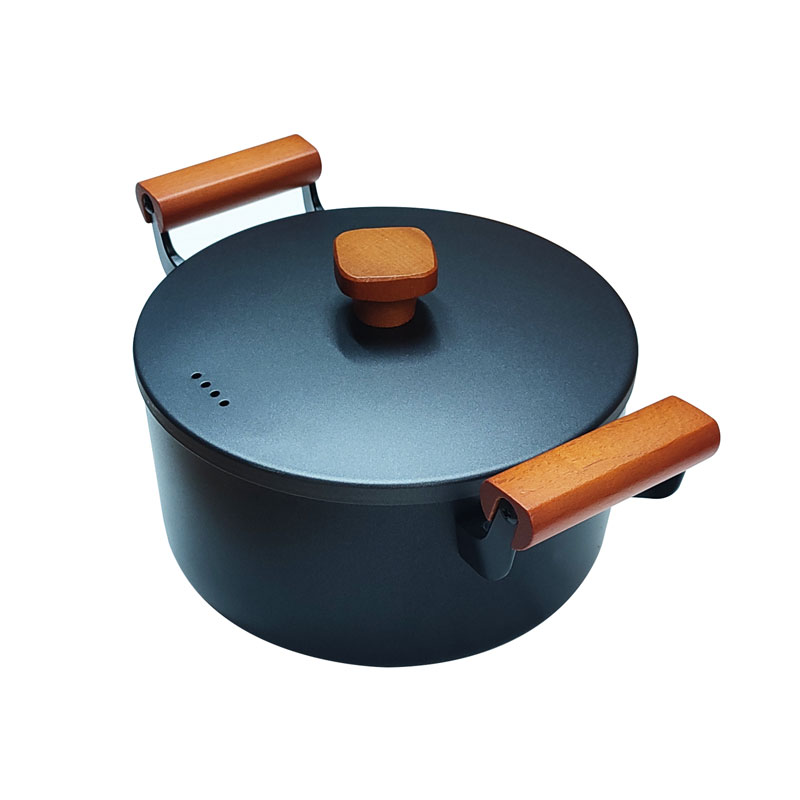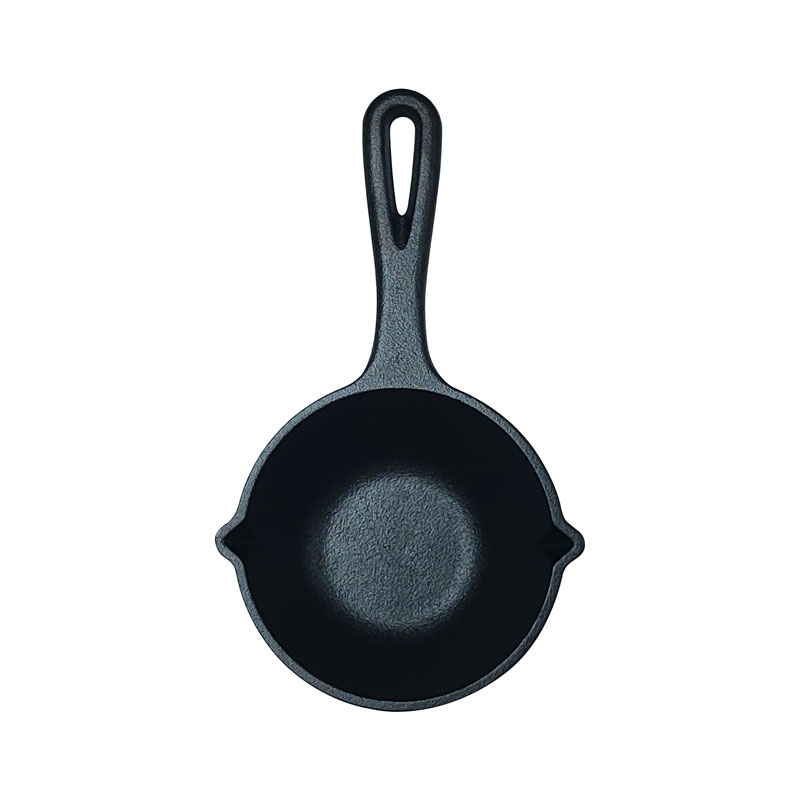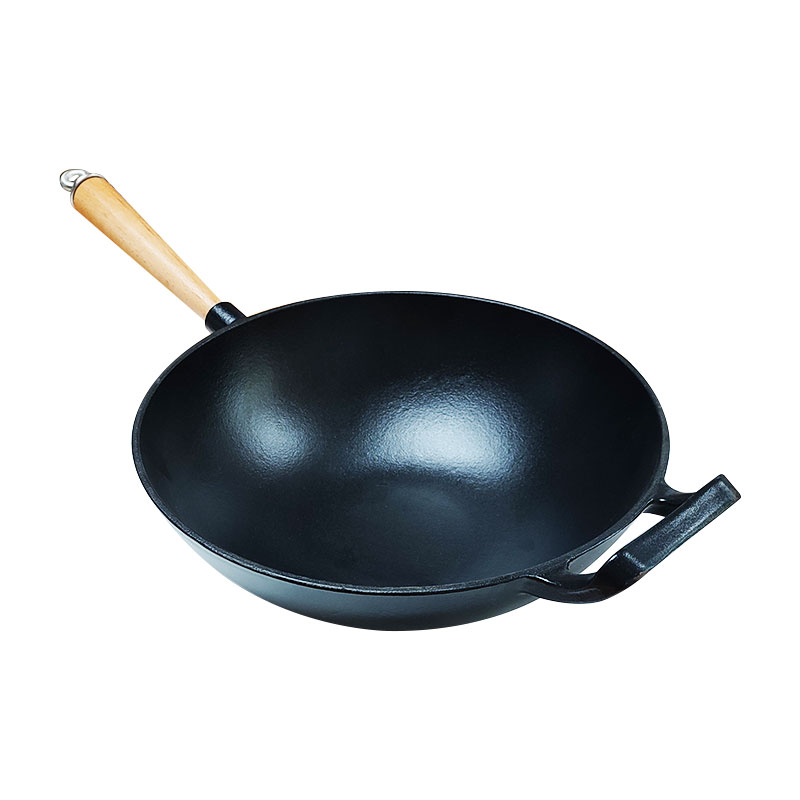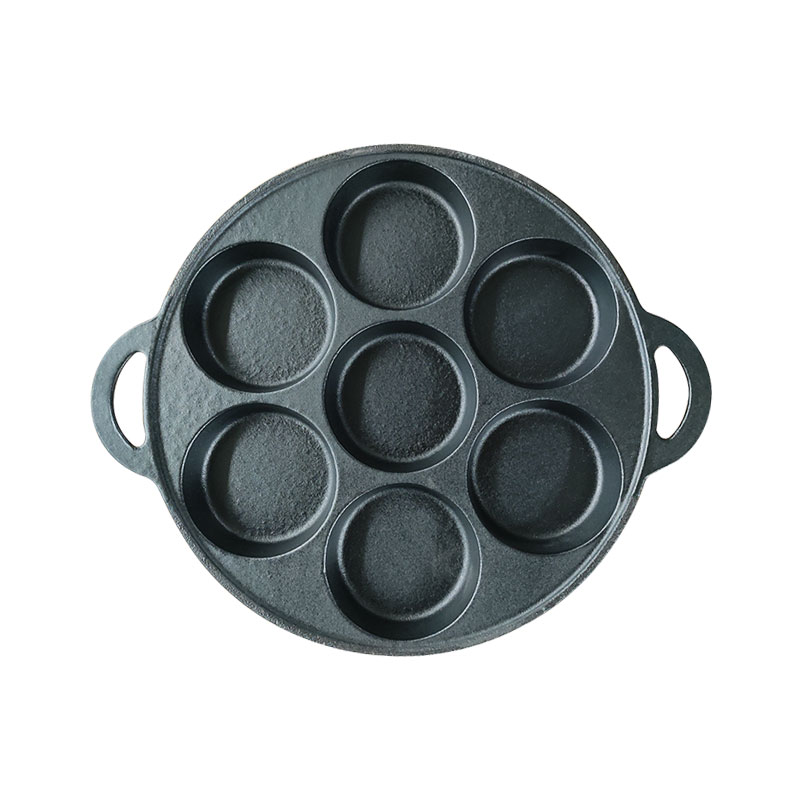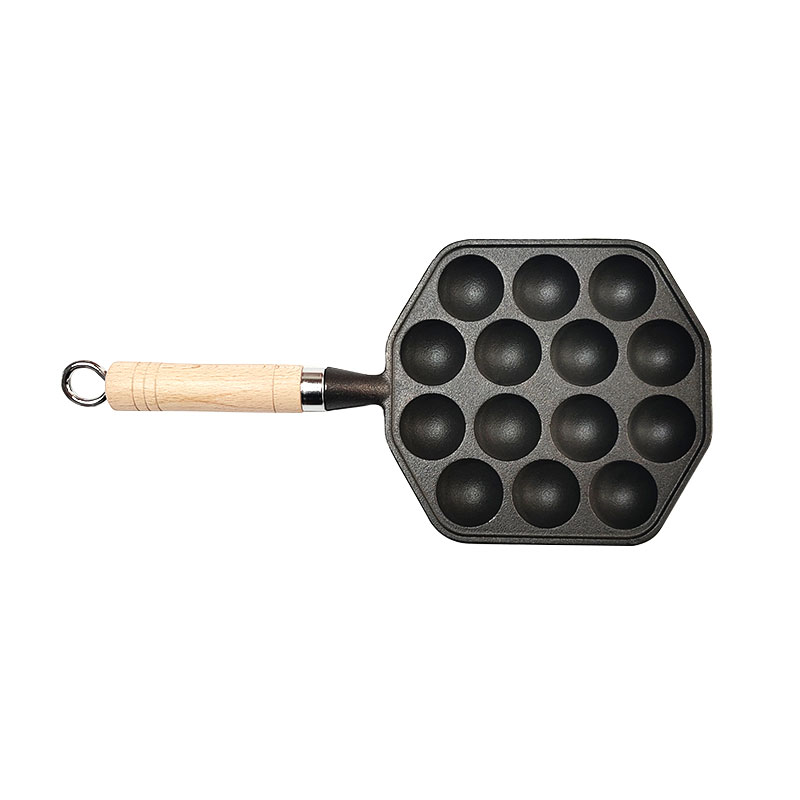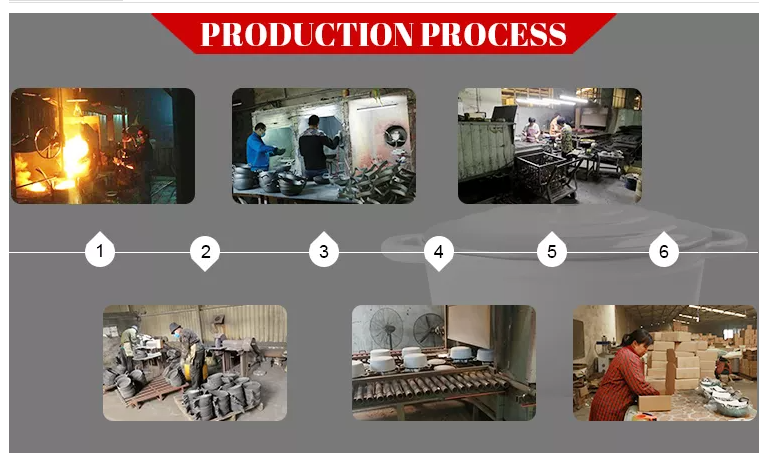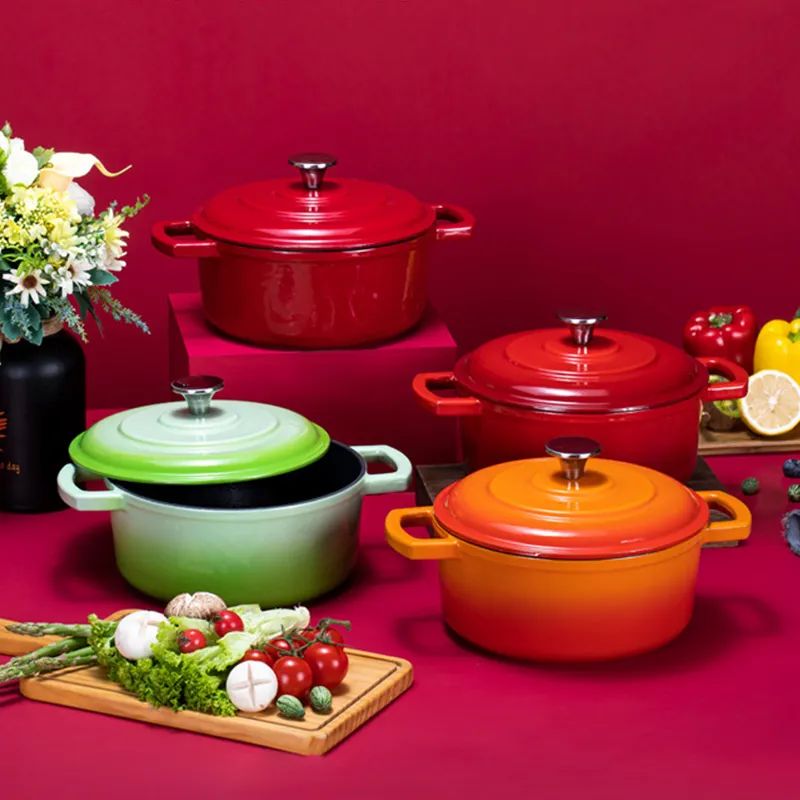1.Non-stick Coating Cooking Surface, More healthy without harm to human body, Environmental protection and safety
2.Cast-iron pans are characterized by non-stick pans after boiling,and the longer they are used, the more non-stick they becom
3.General Use for Gas, Induction Cooker and open fire and so on, Easy to use
4.Thicken the bottom of the pan, super lock the temperature, evenly heated
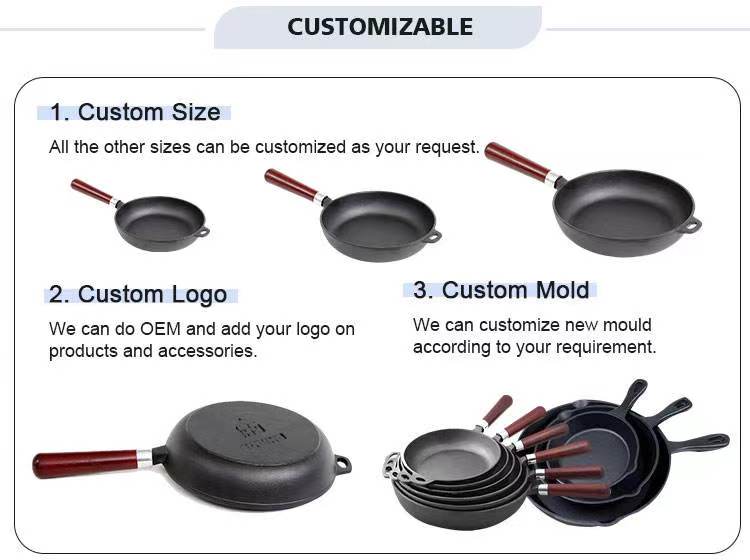
FAQ
1. Who are we?
We are based in Hebei, China, start from 2010,sell to Western Europe(25.00%),North
America(25.00%),Northern Europe(10.00%),Eastern Europe(10.00%),Eastern Asia(10.00%),Mid
East(10.00%),Southeast Asia(10.00%).
2. How can we guarantee quality?
Always a pre-production sample before mass production;
Always final Inspection before shipment;
3.What can you buy from us?
Cast Iron Cookware,Støbejernspande,Cast Iron Casserol,Cast iron Griddle,Frying Pan
4. What services can we provide?
Accepted Delivery Terms: FOB,CIF,EXW,CIP;
Accepted Payment Currency:USD;
Accepted Payment Type: T/T,L/C.
Why Choose a Cast Iron Round Skillet with Wooden Handle for Everyday Cooking?
A cast iron skillet with a wooden handle combines durability with everyday practicality. The round shape ensures even heat distribution, making it ideal for searing, frying, and even baking. Unlike synthetic handles, wood stays cooler to the touch during stovetop cooking, reducing the need for mitts. The natural grain of the wood also adds aesthetic warmth to your kitchen, blending rustic charm with modern functionality. For small kitchens, its compact design fits easily on burners or in ovens, while the weight of cast iron retains heat for consistent cooking. Whether you’re flipping pancakes or finishing a steak, this skillet adapts seamlessly to daily tasks.
Wood vs Metal Handles: What Makes a Wooden Handle Better for Cast Iron Pans?
Wooden handles outperform metal in heat resistance and comfort. Metal conducts heat, often requiring oven mitts even for short cooking sessions, while wood insulates naturally, staying safe to grip. The ergonomic shape of wooden handles also provides better leverage when tossing food or adjusting the pan’s position. Unlike riveted metal handles, wood won’t loosen over time from thermal expansion, ensuring long-term stability. Additionally, wood is lighter, balancing the skillet’s weight for easier handling. The only trade-off? Wood isn’t oven-safe at extremely high temps (typically limited to 400°F/200°C), making metal better for broiling.
The Perfect Frying Experience: Benefits of a Round Cast Iron Skillet with Wood Handle
The round shape of this skillet promotes uninterrupted food movement, perfect for stir-fries or sliding eggs onto a plate. Cast iron’s heat retention ensures a steady cooking temperature, while the wooden handle offers precise control when tilting to baste or drain grease. The smooth interior surface, when properly seasoned, develops a natural non-stick patina, reducing oil dependency. Unlike flimsier pans, this combo excels at high-heat searing without warping. For home cooks, the wood handle’s tactile feedback enhances flipping techniques, from delicate crepes to crispy hash browns.










